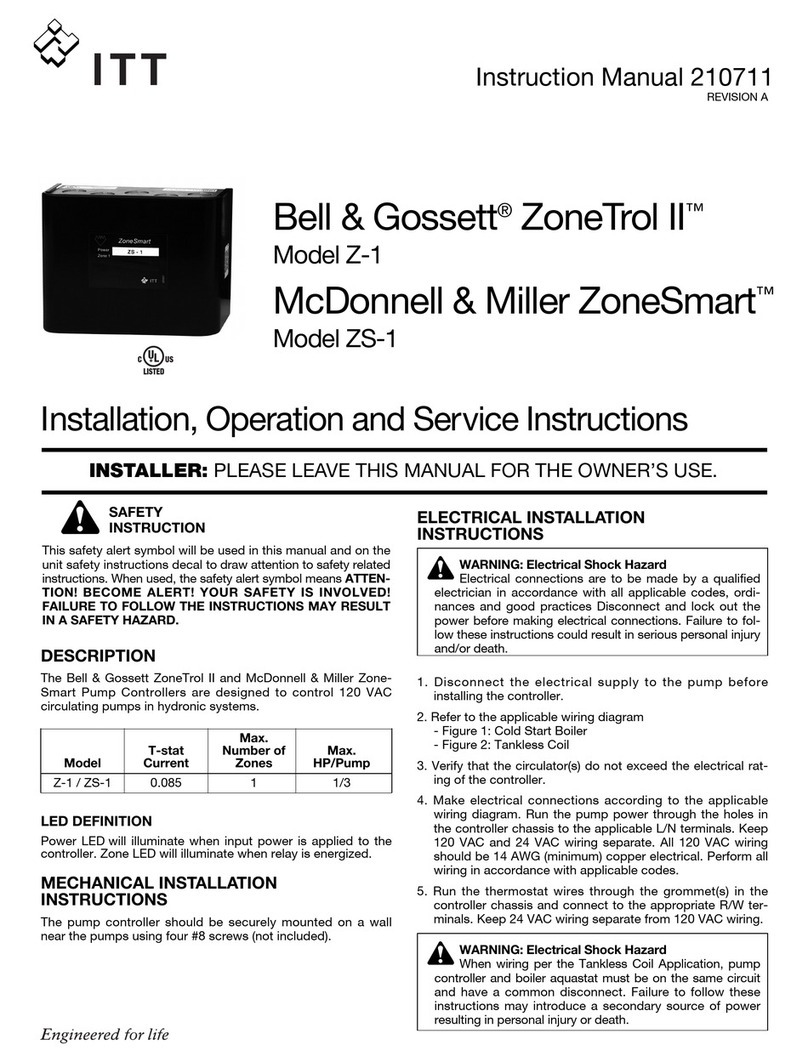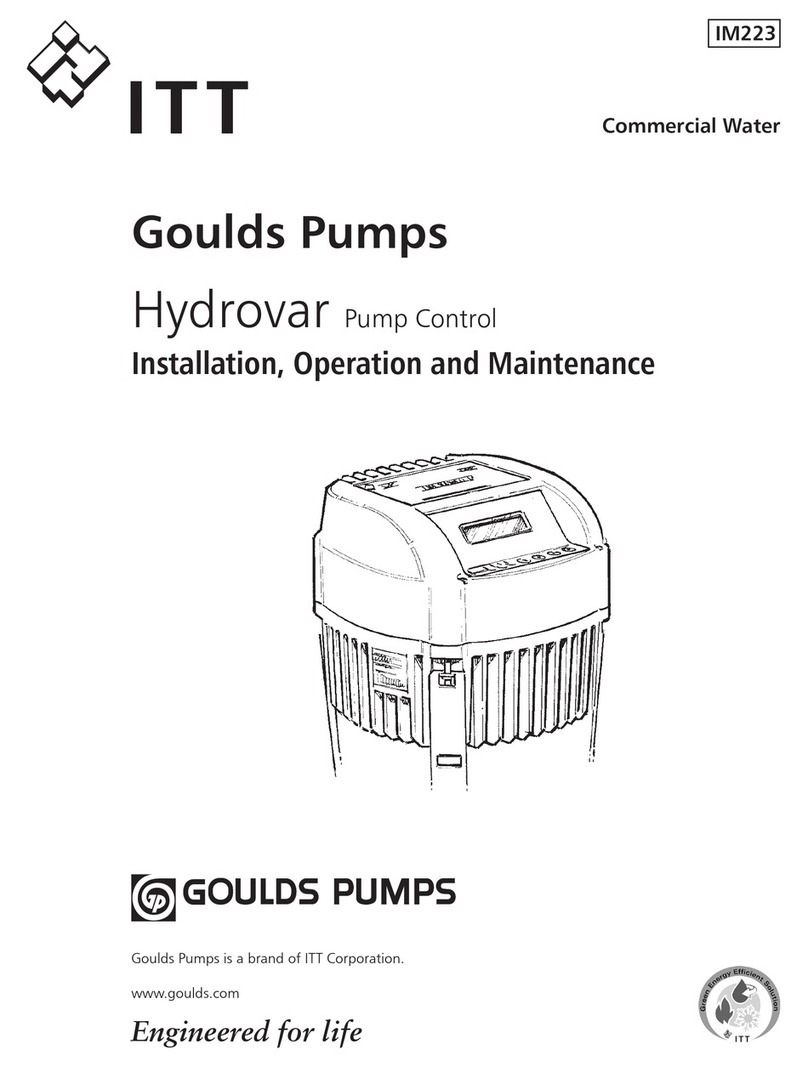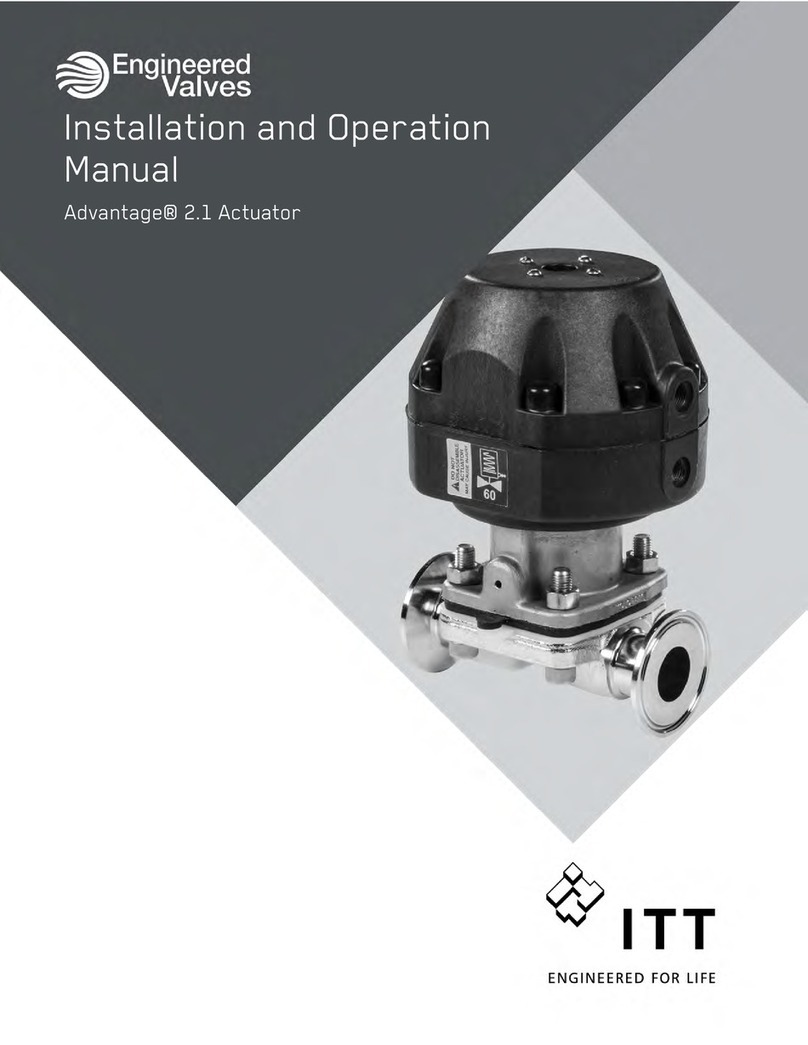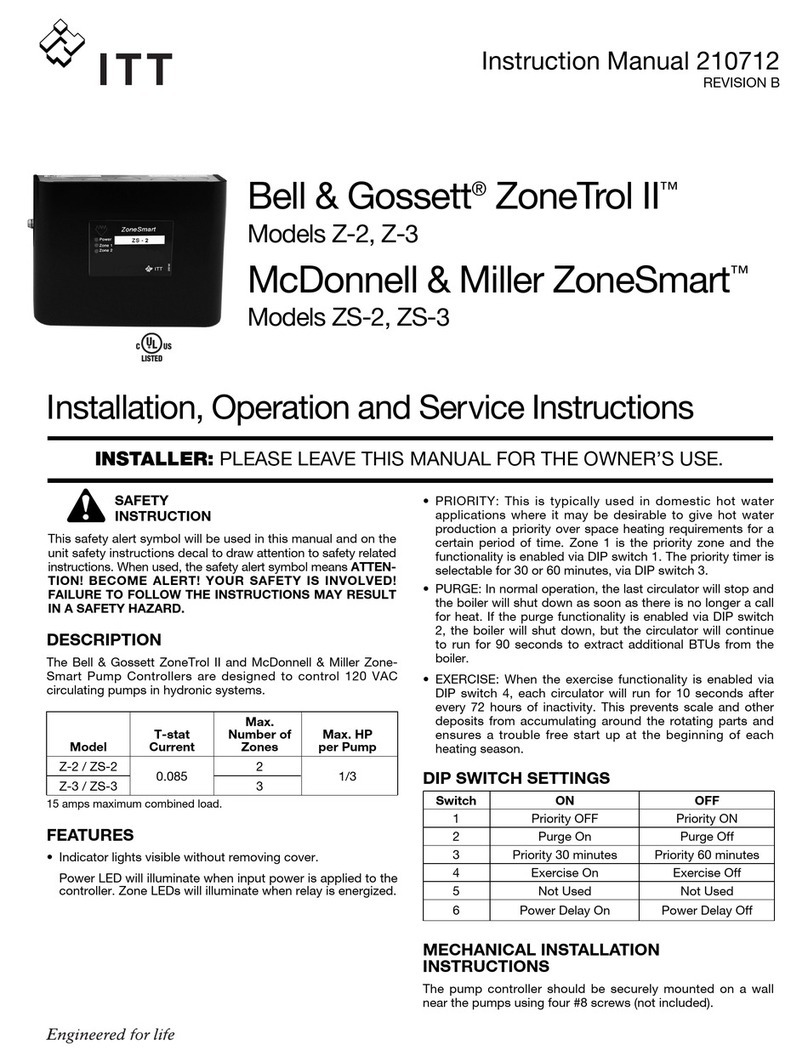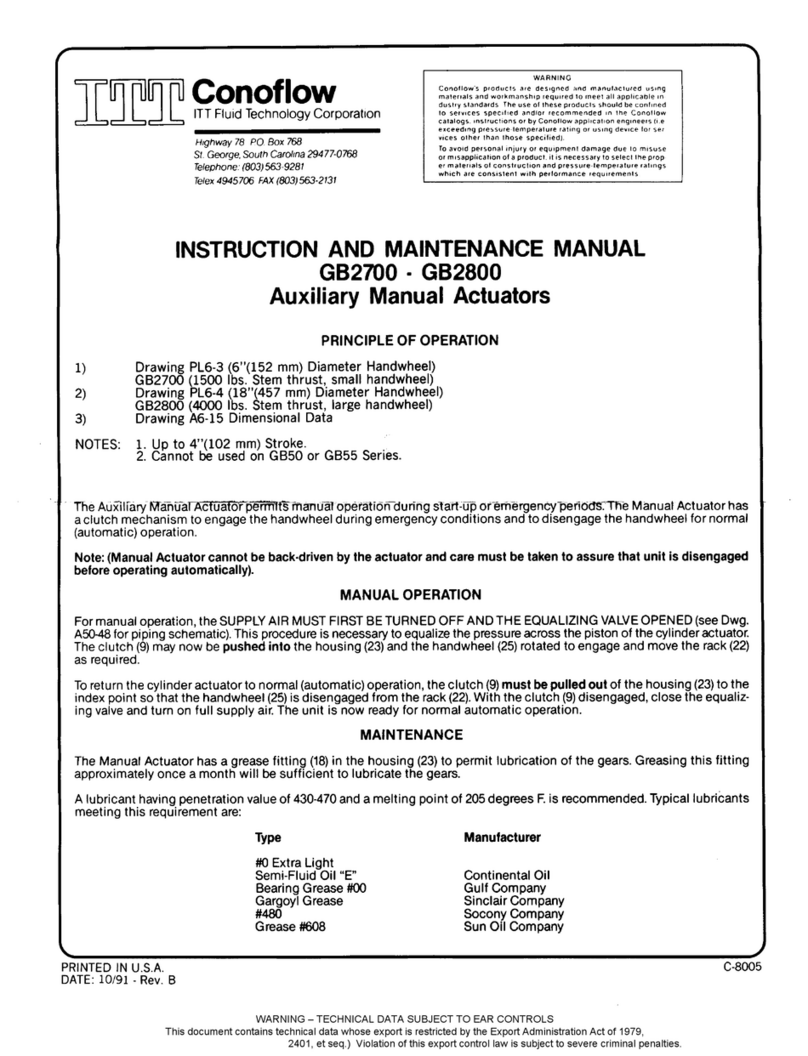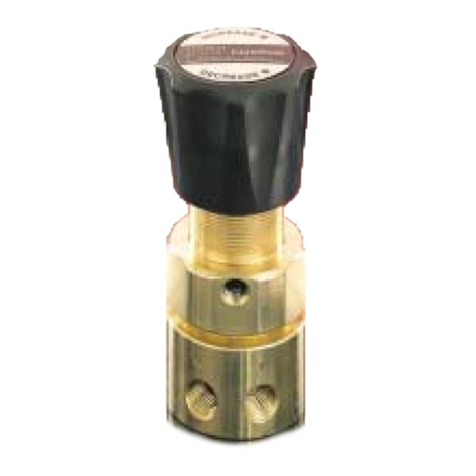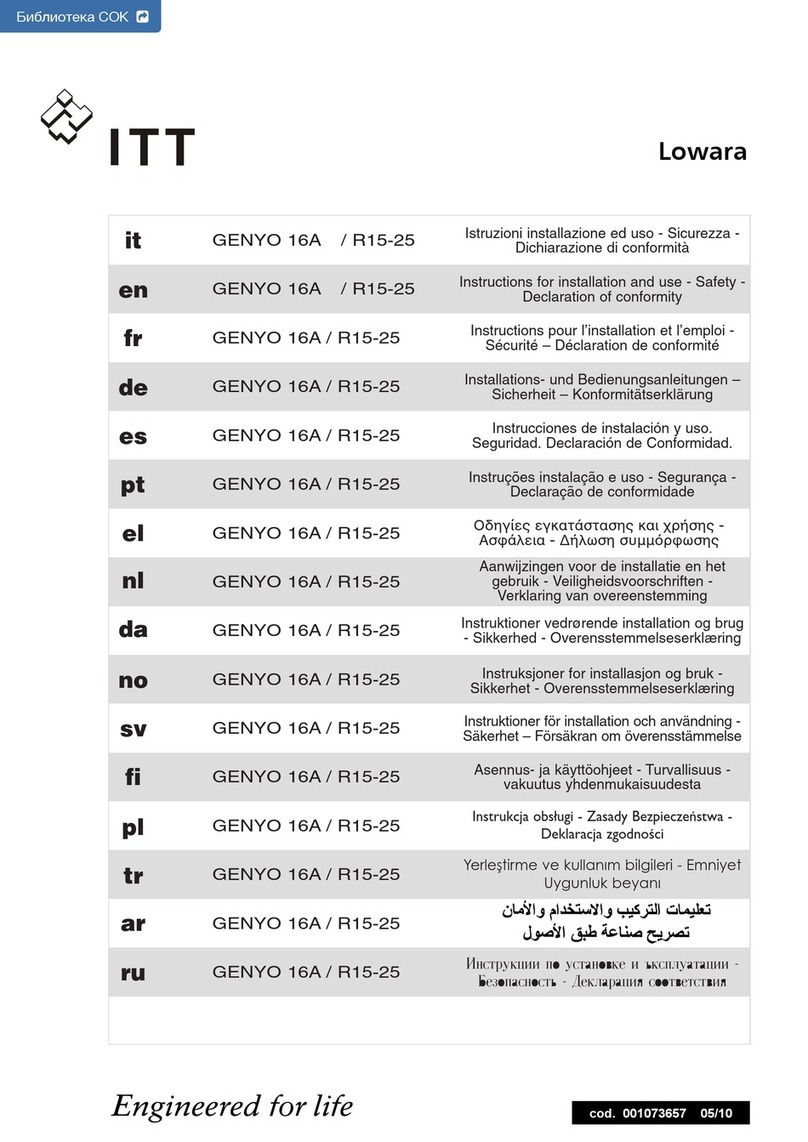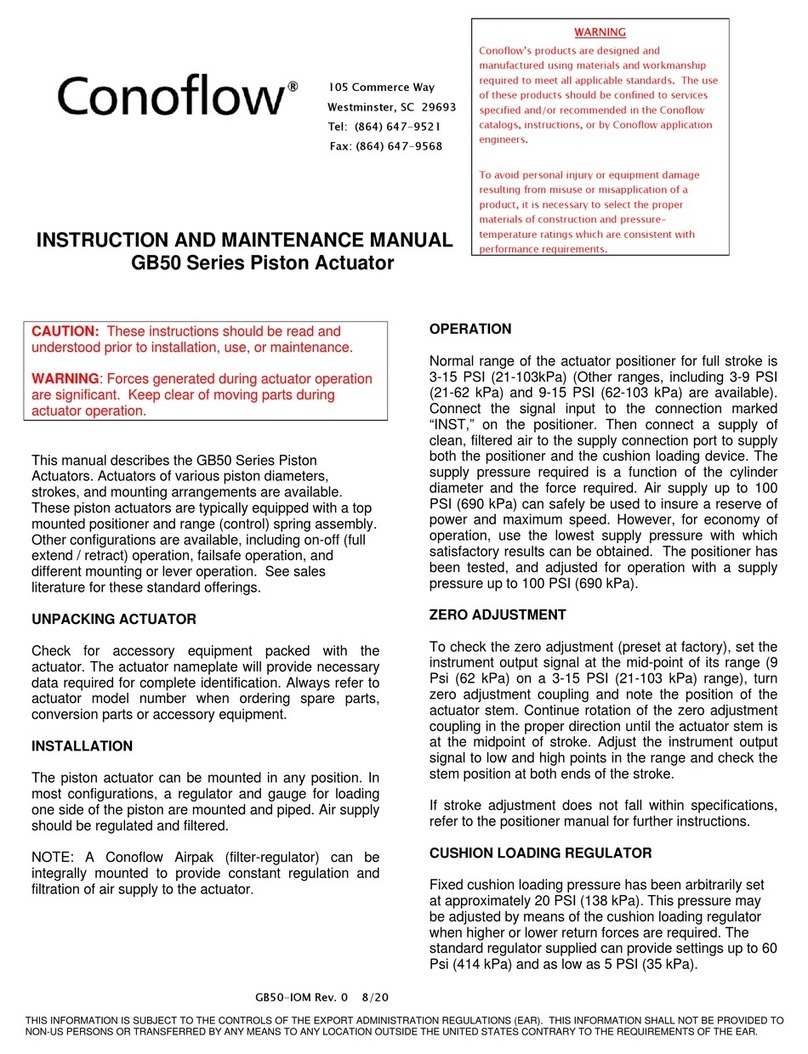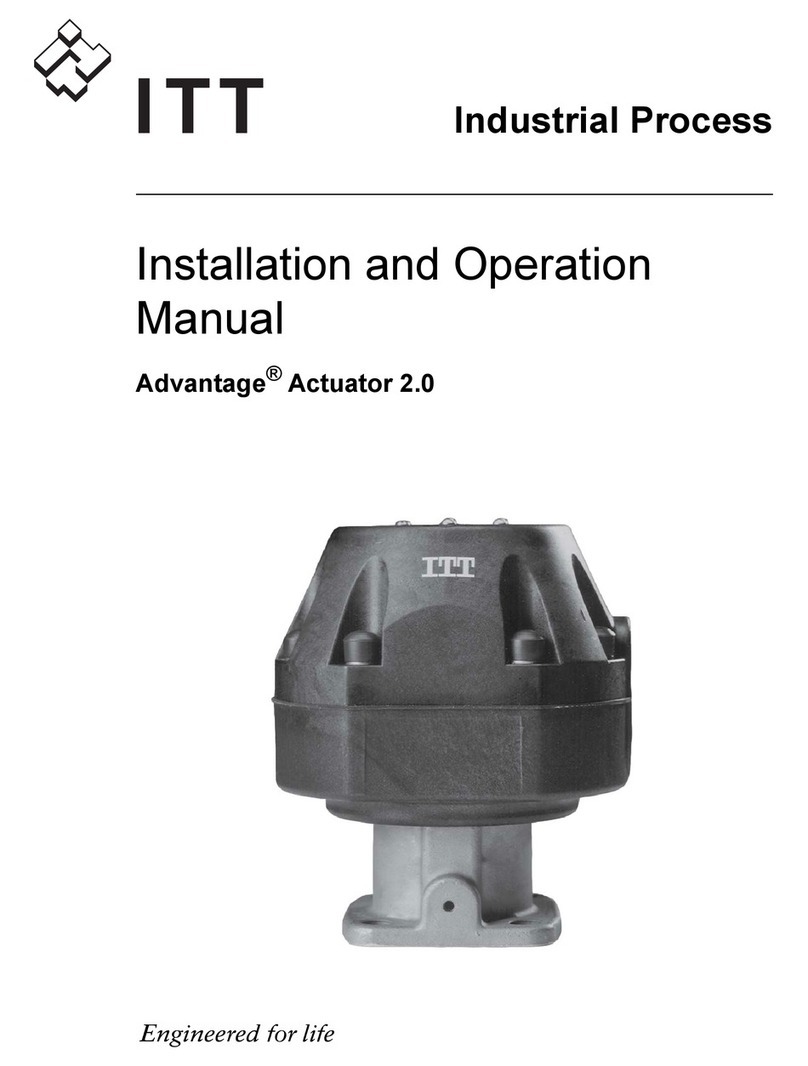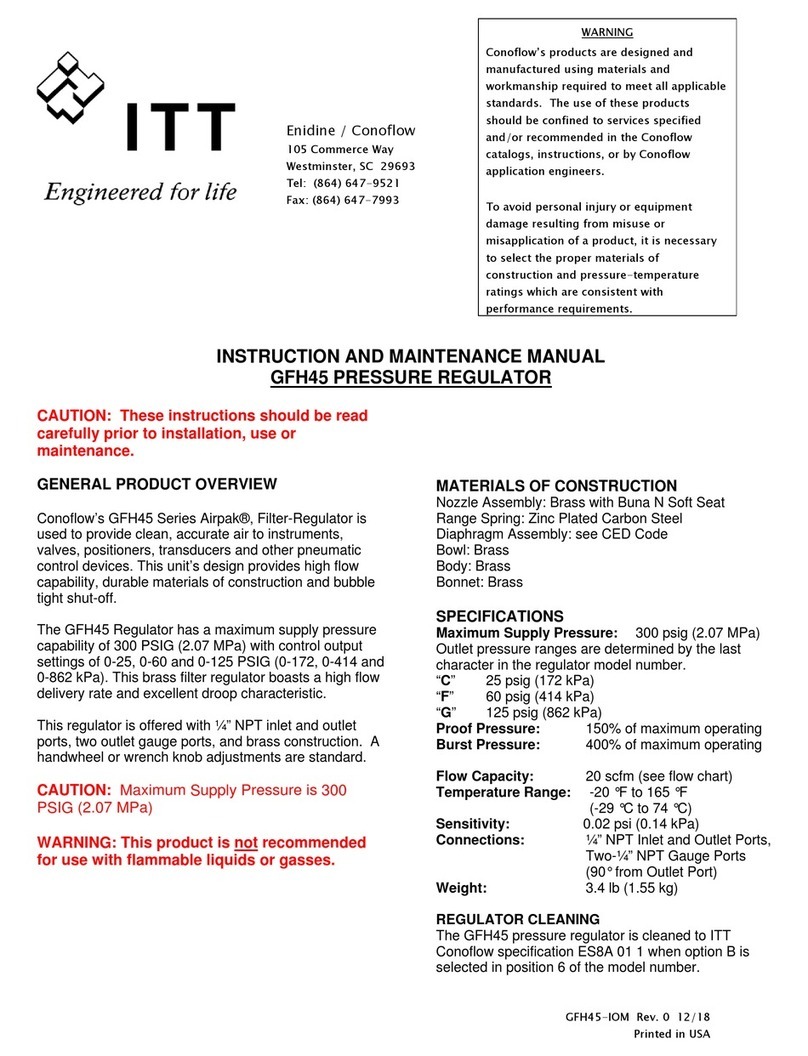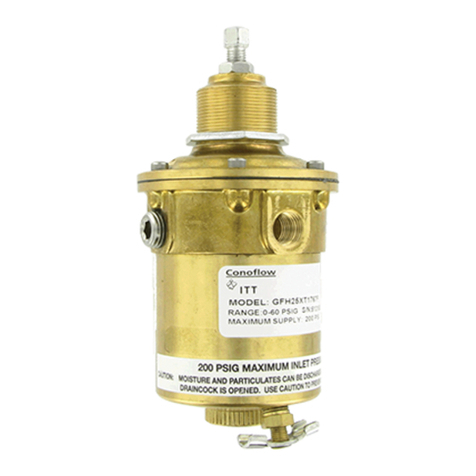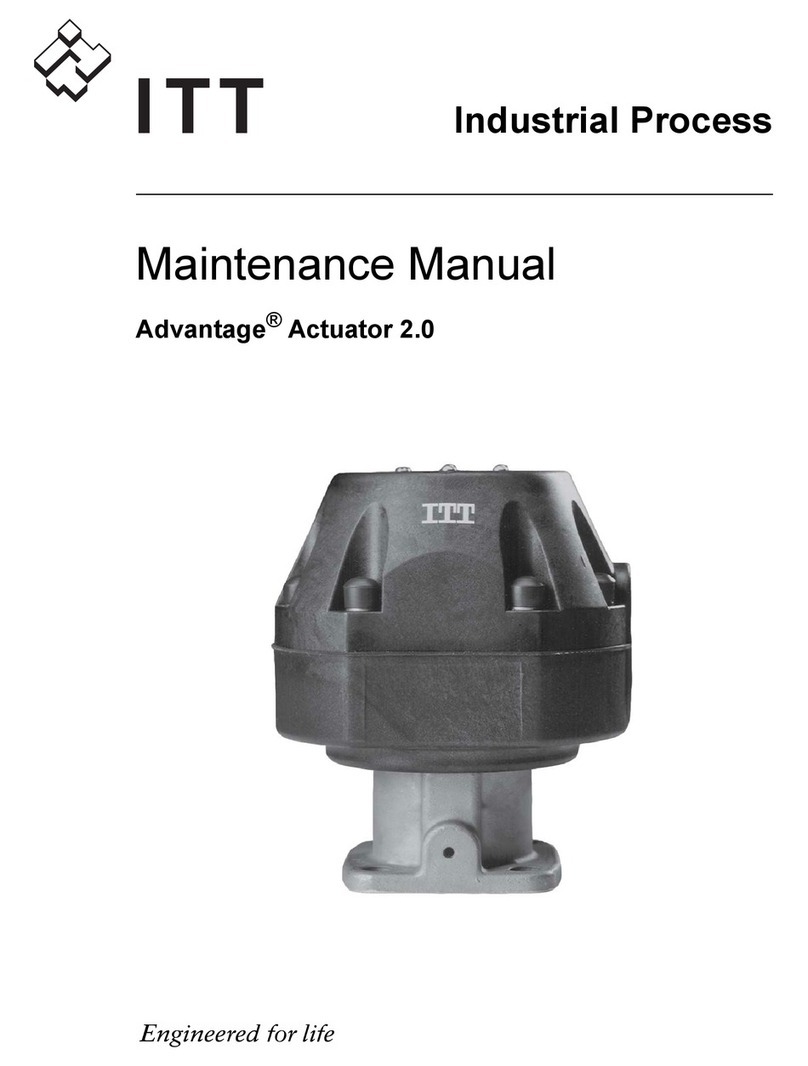
1. Depressurize the system.
2. Use regulated air pressure to position diaphragm so that valve is slightly open.
You may need to use air pressure to actuate the valve.
3. Tighten the bonnet fasteners in a crisscross pattern.
For more information, see 3.3.1 Fastener torque table for valve body to topworks on page 8.
4. Make multiple crisscross passes to build up torque to the final table value. Make additional criss-
cross passes using final table values to evenly tighten each fastener to within 5% of torque value.
5. Retighten the bonnet fasteners as noted above at ambient conditions after the system has cycled
through operating pressure and temperature.
6. Monitor the valve for leakage:
If leakage ... Then ...
Occurs at the body/bonnet
flange sealing area
Depressurize the system and retighten the bonnet fasteners as noted
above.
Continues Depressurize the system and retighten the bonnet fasteners as noted
above. (maximum 3rd re-torque)
Continues Replace the valve diaphragm.
For more information, see 3.5 Replace the valve diaphragm on page 8.
3.3.1 Fastener torque table for valve body to topworks
Values given are for lubricated fasteners.
Valve size Bolt size PTFE diaphragm Elastomer diaphragm
DN Inch Metric Imperial N-m in-lb N-m in-lb
Bio-Tek
(8, 10, 15)
Bio-Tek
(0.25, 0.375,
0.50)
M4 #6 2.3-2.8 20-25 2.3-2.8 20-25
15 0.50 M6 1/4" 2.8-6.8 25-60 2.3-4.5 20-40
20 0.75 M6 1/4" 5.7-9.1 50-65 2.3-5.7 20-50
25 1.00 M8 5/16" 7.4-11.3 65-90 5.1-7.9 45-70
40 1.50 M10 3/8" 23-25 200-225 8.5-14.7 75-130
50 2.00 M12 7/16" 25-31 225-275 11-20 100-180
3.4 Disassemble the valve
1. Remove all line pressure.
2. If the actuator mode of operation is fail open or fail close, then load the actuator with air.
If the actuator mode of operation is ... Then ...
Fail open Load the actuator with sufficient air to partially close the valve.
Fail close Load the actuator with sufficient air to partially open the valve.
3. Remove the bonnet fasteners.
4. Lift the topworks assembly from the valve body.
5. If the actuator mode of operation is fail open, then remove pressure load from the actuator.
3.5 Replace the valve diaphragm
1. Disassemble the valve.
For more information, see 3.4 Disassemble the valve on page 8.
2. Unscrew the diaphragm from the compressor by turning the diaphragm counterclockwise.
3.4 Disassemble the valve
8 Advantage® 2.1 Actuator Maintenance Manual
